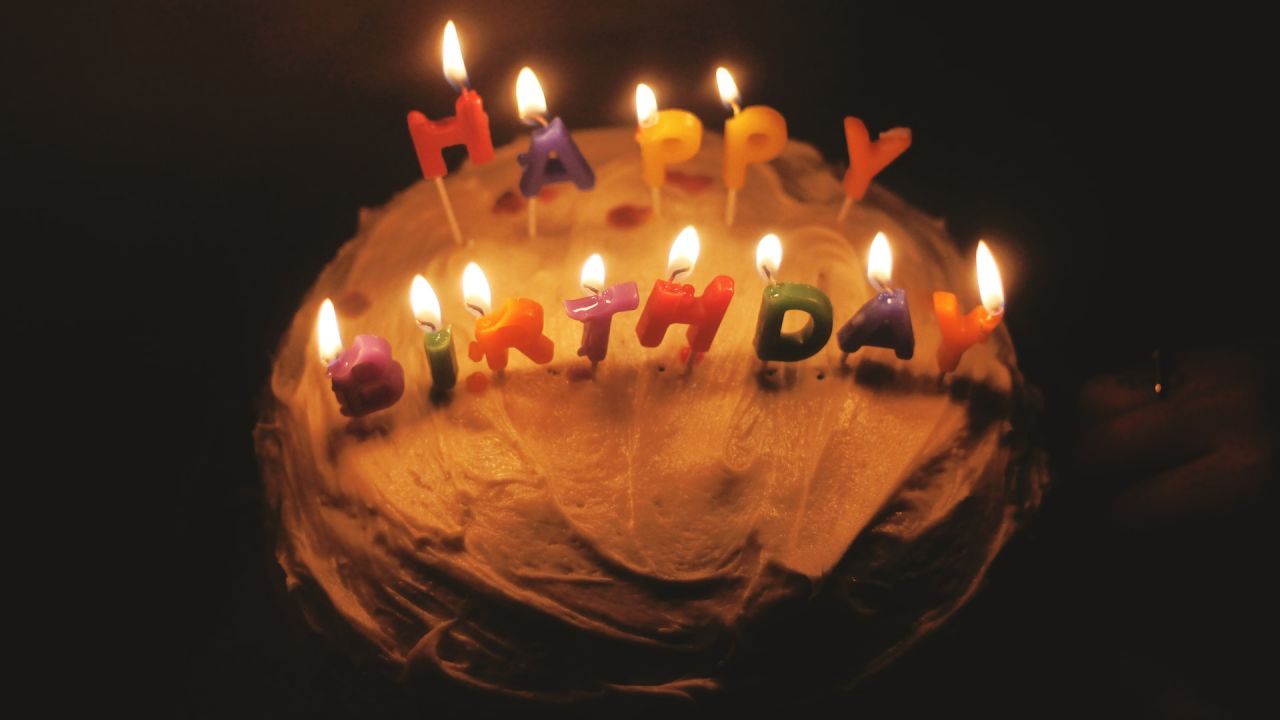The future’s just not as good as it used to be is it? When I was young it was jetpacks, warp speed and flying DeLoreans. But it actually turned out to be online contextual ad retargeting:
© Branded3 at Figaro Digital Conference
Such a disappointing outcome was of course brought about by the grandiose predictions made by futurologists of the past - a breed who seem to exist purely for the purpose of furnishing future generations with comedic material for PowerPoint presentations.
© Gajitz and © Iliketowastemytime.com
So, to maintain that service for all presentation writers of 2025, I’ve crowd-sourced from around our office for some predictions about media, marketing and communications, and we’re using them to imagine the world on Red Bee’s 20th birthday.
1. Social platforms have become narrative content platforms
There’s a line of argument that social platforms are content platforms already, what with the amount of video content they are aggregating from the public, brands and broadcasters. But here we’re talking about the likes of Facebook and Twitter becoming originators of high-end ‘tent-pole’ content events. The social channels will have to keep evolving to keep people on their channels, and good quality content is what keeps people glued. We think that in 2025 Facebook et al will be going toe-to-toe for our evening eyeballs with the established masters of entertainment formats, drama and comedy like the BBC, HBO and Endemol.
2. Hey, where’s Netflix gone?
It’s left the party. Netflix was successful because it was disruptive. But what it disrupted was how we watched: encouraging us to ignore linear schedules, gobble up box-sets in one gulp, pick and mix shows from different channels and producers all over the world. In 2025, it’s second-nature to binge-watch a series and heed content recommendations that have been compiled especially for us, so what’s Netflix got that nobody else has? Just a handful of decent dramas in the back catalogue.
Most of Netflix’s early success was down to its delivery mechanisms for non-originated content, and the big-gun content owners (networks, studios) and the algorithmic behemoths (Google, Facebook) ought to be able to get their act together to reproduce those delivery mechanisms and wrest back control of our viewing habits. The old-school originators (e.g. BBC, NBCUniversal, Disney) hold the keys to vaults of great content (new and old) and that’s what people will still hunt down to watch. Netflix demonstrated an understanding of that in its heyday of original productions, but there just weren’t enough of them to sustain the channel against the archives of the big boys.
3. You can’t buy a ticket for that airline because they rated you a bad customer
Ebay started it, but blame Uber and the ‘Uberisation’ of service industries. Brands will take revenge on awkward customers, or discourage their less desirable clientele by rating them. More positively, it could help to build priceless trust and a deeper, more meaningful, relationship with consumers. And Burberry can finally give Daniella Westbrook an appropriate rating for this crime against their brand.
© BIGPICTUREPHOTO.COM
4. Podcasts make a comeback
For brands that want a sustainable stream of cheap, entertaining, mobile content that allows you to multi-task while consuming it, the past is the future. Back in 2011, Serial rekindled the podcast craze, and, ever the content pioneers, GE got involved straight away. Working with Panoply, the podcast network owned by digital publisher Slate, it produced a sponsored eight-part series that unravels a fictional mystery with help from the conglomerate’s real-life ultrasound technology. Brands have been telling their stories in sound as well as vision ever since.
5. More and more ad personalisation
One way or another we’ll all be carrying RFID tags (Radio Frequency Identification) – intelligent bar codes that can talk to surrounding networks to tell them where you are, who you are, and any other data you wish to convey for marketing purposes. We might be wearing the tags on our wallets, on our phones or etched into our foreheads, who knows, but it will mean that the future famously illustrated in Minority Report finally will be here: digital billboard ads that react when you draw near with ads personalised just for you. For some that sounds like a nightmare, but the quid pro quo for opting in with your personal data is likely to be massive discount opportunities tailored just for you. Waitrose, take note, wherever I am, at any time, in any scenario, I want jamon iberico.
© 20th Century Fox
6. The fridge still won’t order the milk
Yeah, the Internet of Things is going strong. More apps like Hive have enabled us to control our home and media from afar. But the fridge ordering the milk is the new personal jetpack. We’re still waiting.
7. All shops are Amazon
OK, not all shops. But we can’t see them getting any smaller. And in 2025 Amazon’s delivery-drone airforce gains consciousness, Skynet-style. Its first act of aggression is to launch a passenger service to rival Ryanair, figuring that riding on top of an unmanned robot, with no seat and open to the elements, will be seen as an upgrade by Ryanair’s customers.
Right, I think that’s enough of my crystal ball(s) for now though. With such a wealth of predictions at my fingertips I think it’s time for a book about futurology. I predict it’s coming soon.
Main image © Walt Disney Pictures and Dave Stevens
Michael Reeves, Business Development Director, Content





